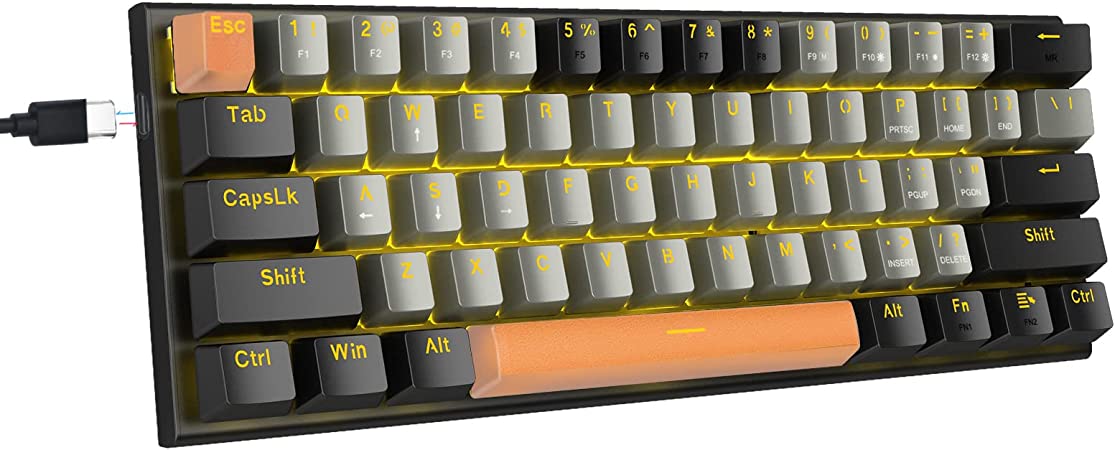
One of the most useful productivity enhancements I’ve implemented in the last year has been a shift to use the 60 percent keyboard as much as possible, and the mouse as little as possible. You might think, “Really? How does that provide a significant productivity enhancement?” Well, how long do you think you spend moving your right/left hand from the keyboard to the mouse each time you switch between them? Maybe a second? That’s not very long, what’s the big deal? It’s only a big deal because you do it so many times. If you do that switch on average about once per minute for an eight-hour work day, that is 60 * 8 = 480 seconds = 8 minutes wasted just going back and forth. That is 40 minutes each week, and 40 * 48 weeks = 1920 minutes = 32 hours each year! I know this sounds kind of ridiculous initially, but if you make a concerted effort to use the keyboard more, you will immediately start to notice how much faster you can do things on the computer, even over the period of just a few minutes.
It is definitely true that you can get really quick with a mouse, but you will never match the speed of someone who knows what they are doing with a keyboard. With a keyboard, a whole universe of shortcuts are available to you, and in many programs you can create your own. This includes all Microsoft Office programs, which most people use at least a small amount each day. I have included some of my favorites below, with an emphasis on those that I had to do some research to figure out.
One aspect of using only the keyboard that bugged me for a while was not having the ability to scroll through a Microsoft Word document without also moving the cursor. This is an action you would normally do with the middle scroll button on a mouse, or by clicking the up and down arrows on the far right side of the window. But I found a Microsoft macro that you can implement to do the same thing, which happens to be a feature that most other modern text editors like Notepad++ have. A macro is a bit of code that allows the user to specify automated behavior. In Word 2010 and 2007, you can access and add your Macros in the “Developer” Tab, in the “Code” section, with the “Macros” button. That will bring up a menu, and you can specify the name of a new macro or edit a macro you already have. When you specify the name of a new macro and create it, it will bring up a Visual studio type interface where you can type the macro into the macro function (between the Sub commands). For the scroll up command, use this macro: